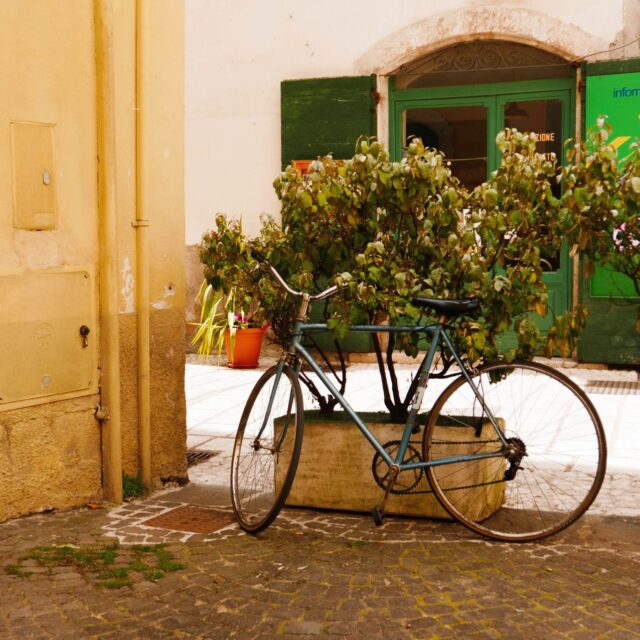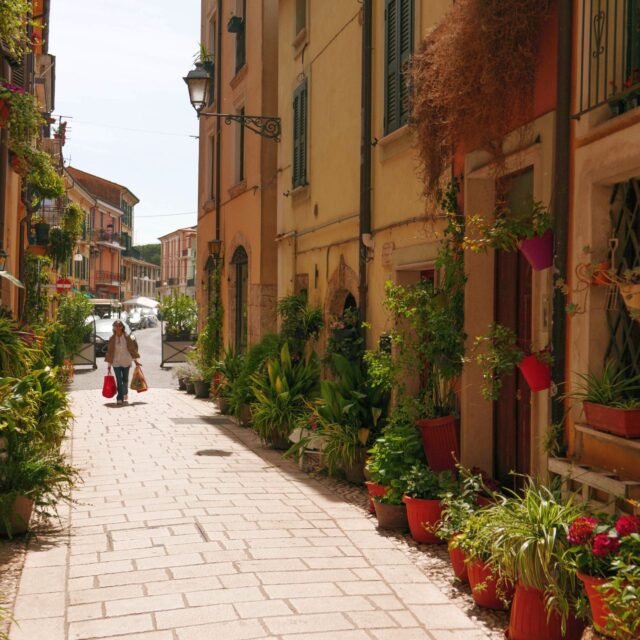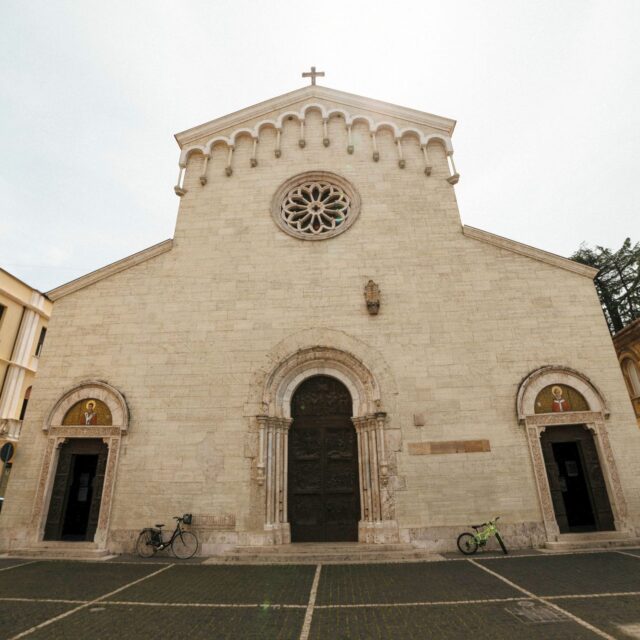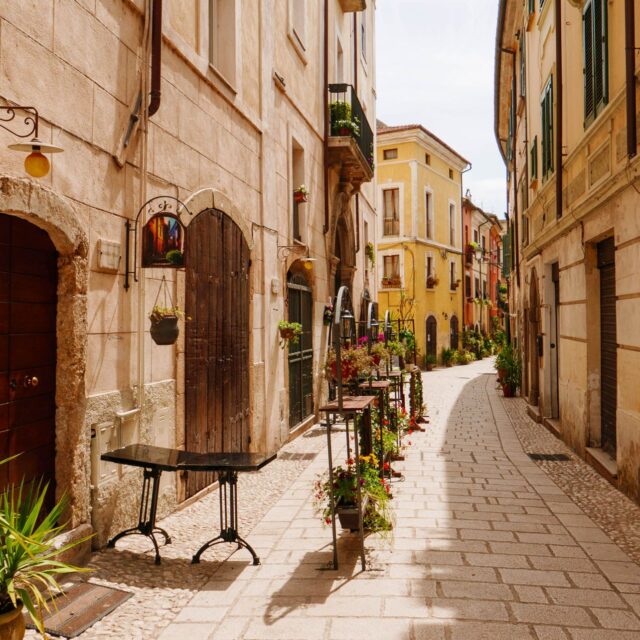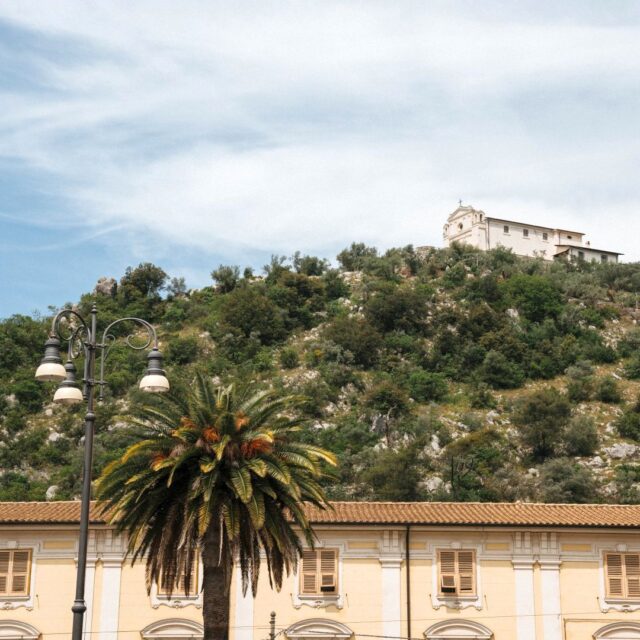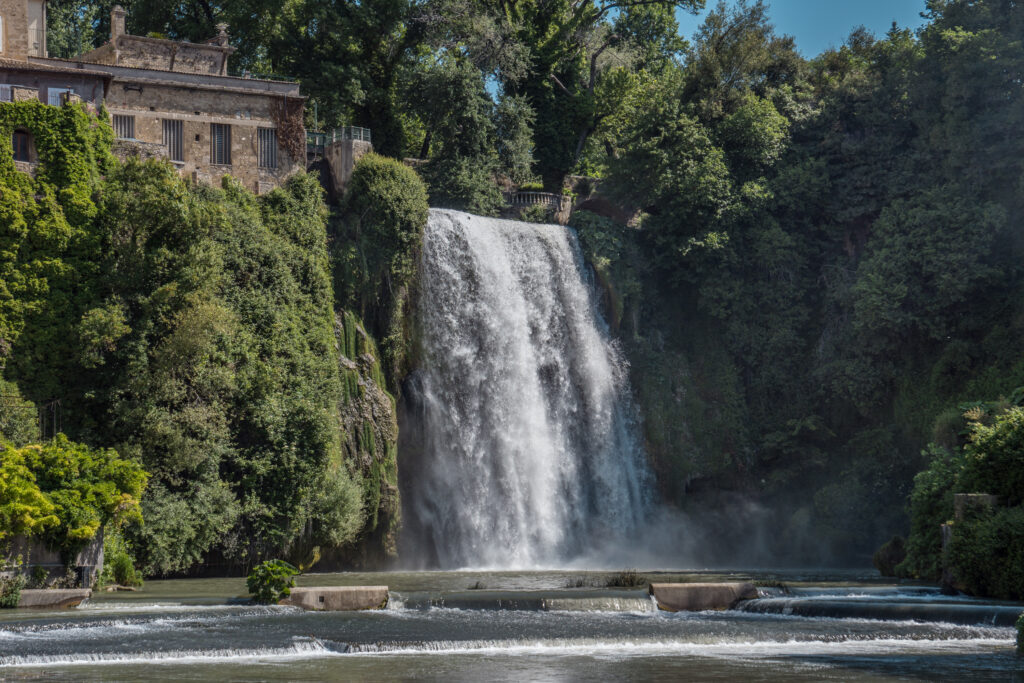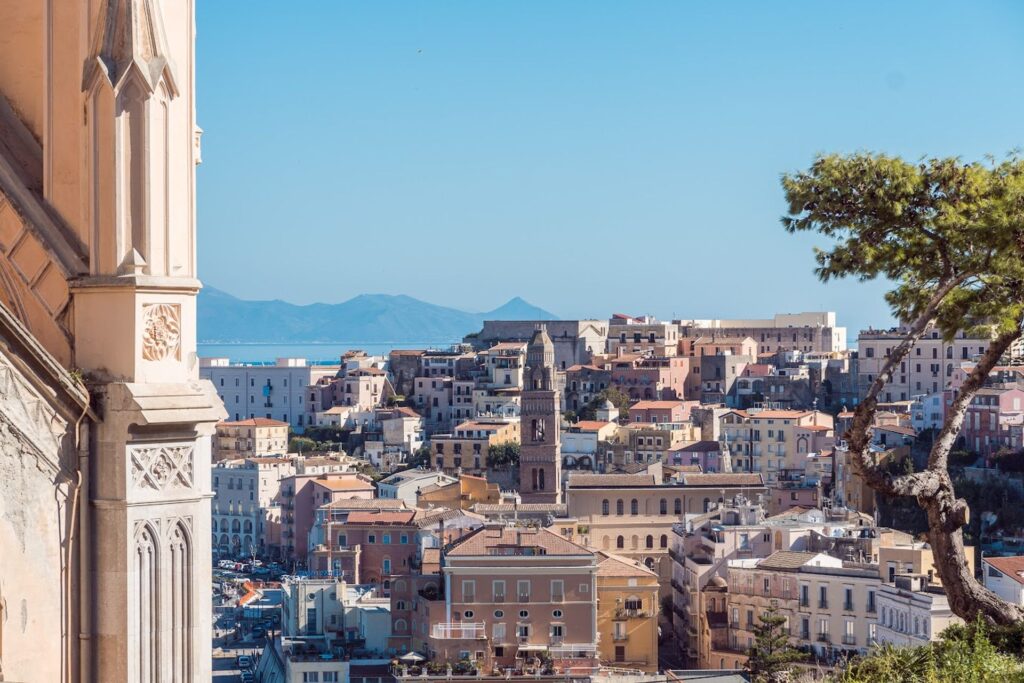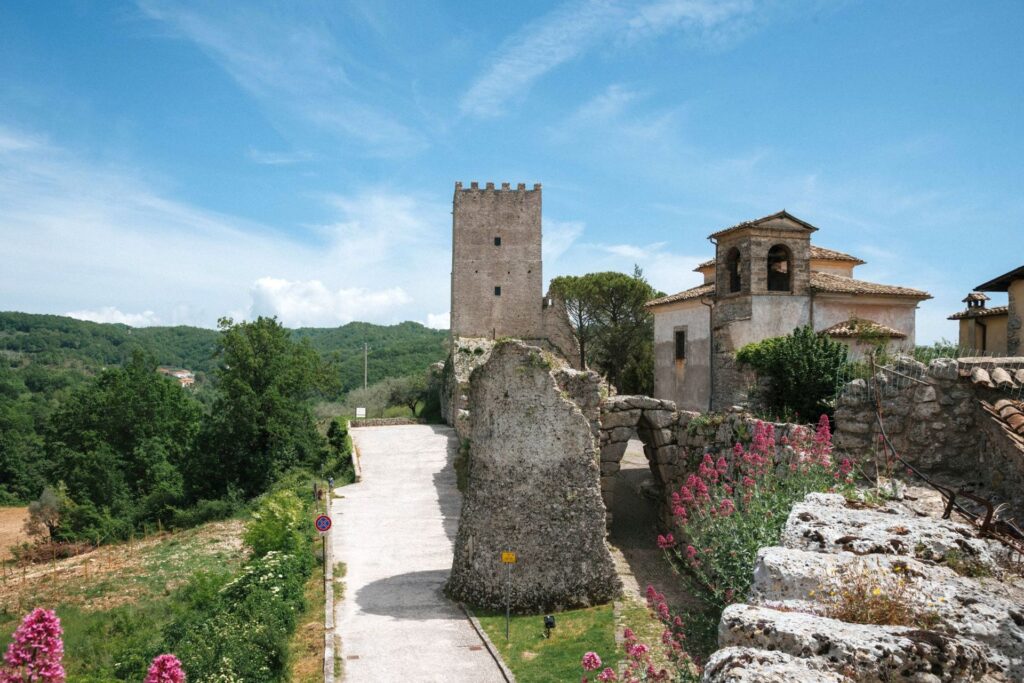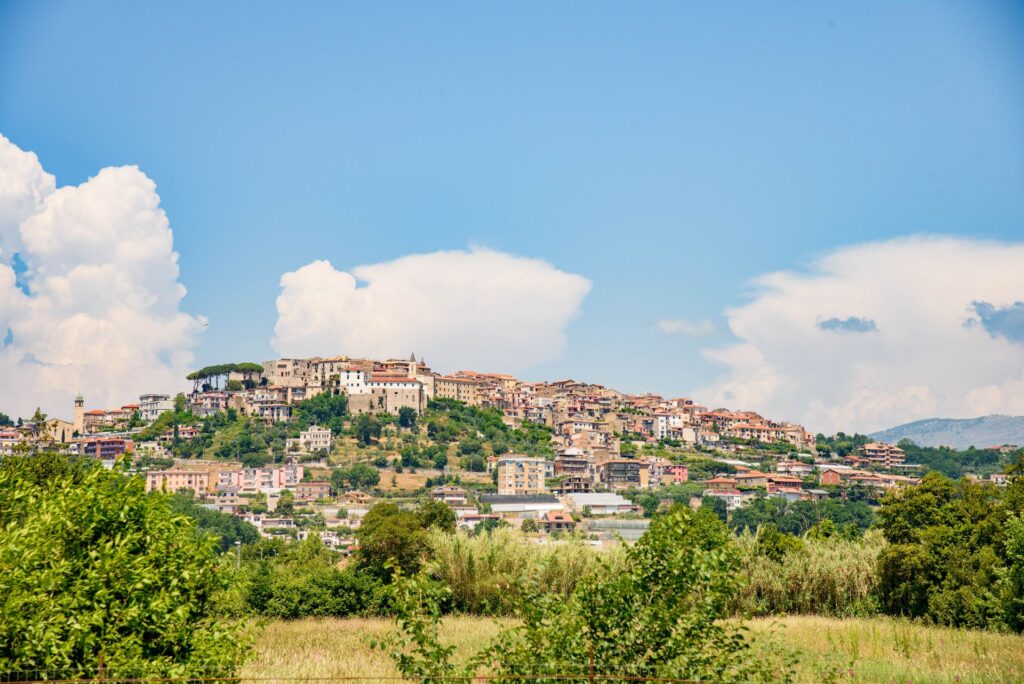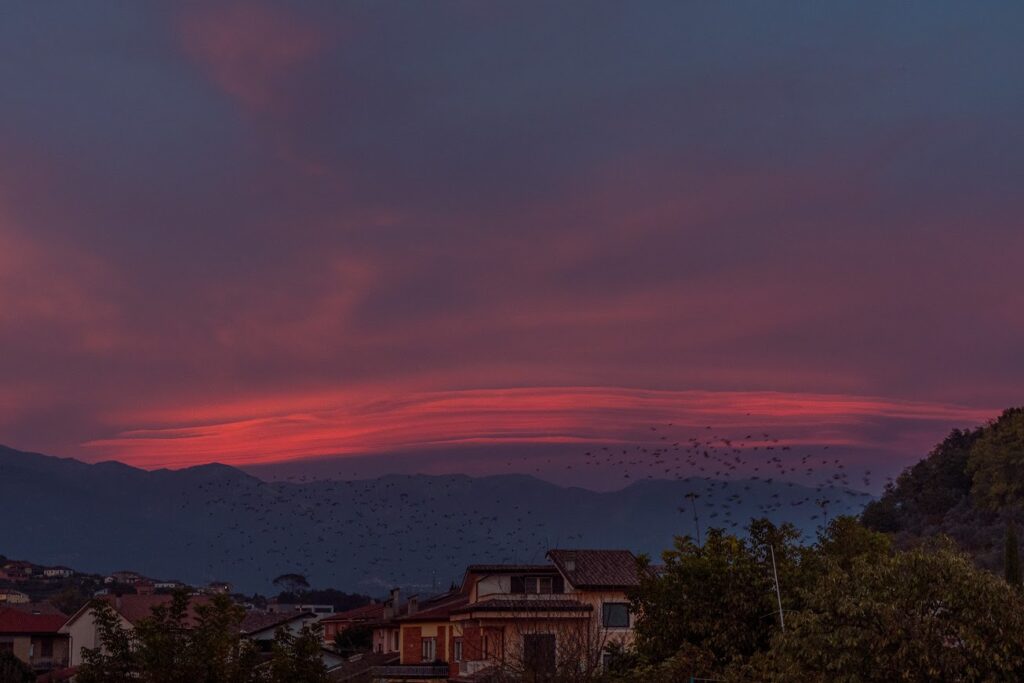Villages
Sora
Sora – Old Town
The city of Sora lies on the boundary between Lazio and Abruzzo, along the banks of the Liri river. Since ancient times, it has been an important crossroad for trade and transhumance routes. Of Volscian origin, it was conquered by the Romans in 345 BC. In 702 it became the capital of the Longobard gastaldate of the Liri Valley. It was an autonomous county in 870 and felt the influence of the Montecassino abbey until it became part of the Norman kingdom in 1062. It was declared a royal city by the Angevins, then came under the rule of the Tomacelli, the Cantelmo, the Della Rovere and finally the Boncompagni in 1612. Since the Unification of Italy, it was affected by the phenomenon of brigandage, with the terrible Luigi Alonzi known as ‘Chiavone’. In 1915 it suffered considerable destruction from the violent Marsica earthquake. In the following years, the presence of the river favoured the rebirth of the town and its economic expansion.
Nowadays, Sora is an elegant town, dominated by the relief of Monte San Casto on which stand the ruins of the Renaissance fortress of ‘Santi Casto e Cassio’ or ‘Rocca Sorella’, with the churches of S. Antonio Abate and Madonna delle Grazie, accessible only on foot following a suggestive path bordered by polygonal walls from the pre-Roman era.
In the heart of the town, it is worth visiting the ‘Cancèglie’ district, the historical quarter with its characteristic workshops and the house where the famous actor and director Vittorio De Sica was born. The ‘Civic Museum of the Liri Valley’ is located in the former Convent of the Minor Conventuals, which also houses the Municipal Library and the Palace of Justice. The nearby Corso Volsci leads to Piazza S. Restituta, where the beautiful church dedicated to the young martyr and patron of the city is located.
Near Ponte Napoli is the Church of St Bartholomew the Apostle, one of the oldest in the city, rebuilt in neoclassical style after the earthquake of 1915.
At the end of Corso Volsci, on Piazza Indipendenza, stands the imposing 11th-century Cathedral of Santa Maria Assunta, built on the remains of a pagan temple (2nd-1st century B.C.) in the area of the Roman city’s commercial forum, where the weekly market is still held today.
Outside the town, on the boundary with Isola del Liri, lies the most important site: the Abbey of San Domenico, built in 1011 in the area of a Roman necropolis and, according to some historians, near the villa where Marcus Tullius Cicero was born.

